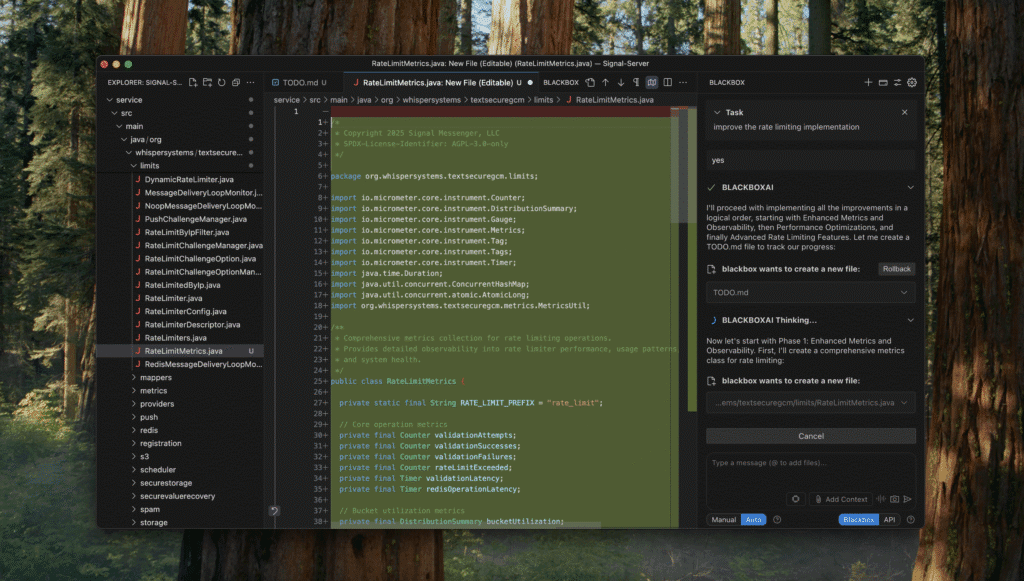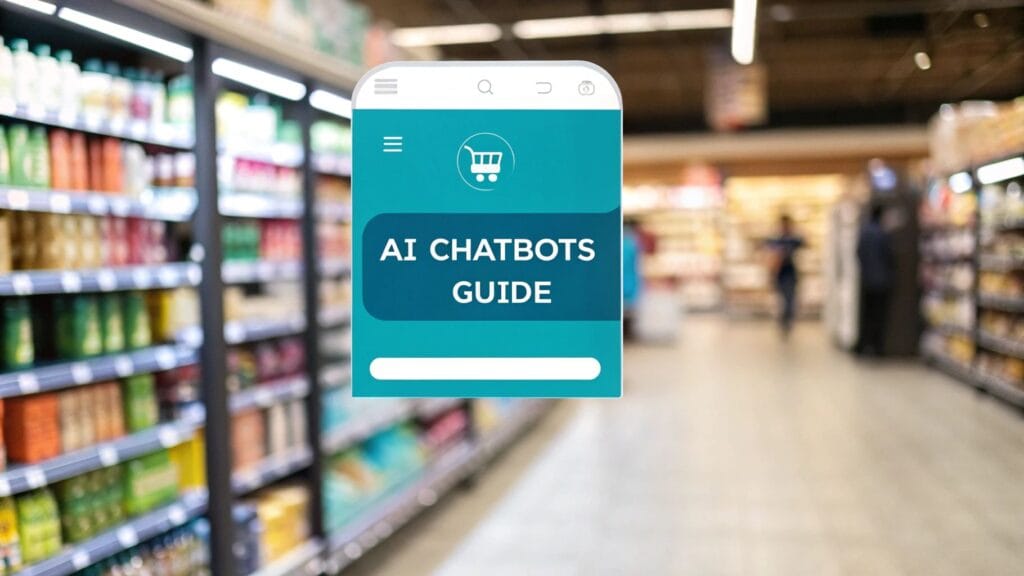The global AI market is set to grow by 33% in 2024. This is a big change in how we work and innovate1. As I explore ai tools, I’m amazed by how fast they’re changing.
There are many new solutions in ai productivity. Tools like ChatGPT and Claude are making a big difference in our work1. Microsoft’s Bing AI is another example of the ongoing innovation in this field1.
What’s exciting is the variety of ai tools out there. With over 270 tools in the AI app database and more coming, the industry is booming1. Tools like Jasper and Descript are changing how we work in many areas.
The latest ai news shows how these tools are affecting different industries. For example, Qualifier.ai is making lead generation easier, and Apollo.io is improving CRM data with AI2. Drift and NICE CXone SmartAssist are also changing customer service with AI chatbots2.
These ai tools are not just making us work better. They’re also changing industries and creating new jobs. While AI might replace some jobs, it’s expected to create 97 million new ones by 20251.
Key Takeaways
- Global AI market projected to grow 33% year-over-year in 2024
- Over 270 AI tools in the market, with continuous growth
- AI chatbots like ChatGPT and Claude leading innovation
- Diverse AI tools catering to content creation, writing, and video production
- AI tools transforming customer service and sales processes
- AI expected to create more jobs than it displaces by 2025
- Continuous innovation driving the evolution of AI productivity tools
The Rise of AI in 2024: Market Growth and Adoption
The AI world is changing fast, with big growth and more use in different fields. In 2024, AI is being used more than ever, changing how businesses work and the market.
Global AI Market Expansion
The AI market is growing fast. It’s expected to hit $407 billion by 2027, up from $86.9 billion in 2022. This growth is thanks to a 37.3% annual increase from 2023 to 20303.
AI is also expected to boost the United States GDP by 21% by 20303.
Widespread AI Adoption in Businesses
Companies are quickly adopting AI. Now, 65% of businesses use generative AI in at least one area, up from last year4. This is not just in one area, as 50% use AI in two or more areas4.
There’s a lot of excitement about AI. About 67% of companies plan to spend more on AI in the next three years4. This shows they see AI as a way to make things more efficient, with 64% believing it will improve productivity3.
AI’s Impact on the Job Market
AI brings many benefits but also worries about job loss. It’s estimated AI could replace 400 million jobs by 20303. But, it’s not all bad news. AI is also expected to create 97 million new jobs, showing a big change in the job market3.
The growth of AI in 2024 is impressive. It’s changing the job market and how businesses operate. As AI keeps getting better, we’ll see even more changes in how we work and businesses run.
Revolutionizing Content Creation with AI Tools
AI tools are changing how we create content, making it faster and more innovative. As an ai writer, I’ve seen how these technologies are changing our work. They help us make content that grabs people’s attention.
More and more, AI is being used in content strategies. A huge 100% of digital marketing agencies now use AI in their work5. This shows how valuable these tools are.
Platforms like Jasper and Copy.ai are great helpers in writing. They use smart language models to create top-notch content, from ads to blog posts. These tools save a lot of time and boost creativity, helping us come up with new ideas56.
Text analytics is key in making content findable online. AI looks at lots of user data to make content that fits each person’s needs5. This means content can change in real-time, keeping it fresh and interesting.
“Combining AI with human creativity in content creation can result in faster content production and higher quality while being cost-effective.”6
But, there are still issues to solve. The quality of AI content and bias in algorithms are big concerns5. Yet, as AI gets better, it will change content creation even more. It will make content more interactive and fun.
In this AI world, mixing human creativity with machine speed will shape content’s future. The goal is to use AI to make our work better, not replace it. This way, we can keep making stories that captivate and engage.
AI Tools Transforming Customer Service and Support
AI is changing customer service in big ways. It brings new solutions that make things more efficient and satisfying for customers. Let’s see how AI tools are changing customer support.
24/7 Availability and Instant Response Times
AI chatbots and conversational ai systems offer non-stop support. They handle simple questions, making responses quicker and keeping customers happy. In fact, 72% of people will stick with a company that responds fast7.
AI assistants can also make support agents 14% more productive. This lets them tackle harder problems7.

Personalized Customer Interactions at Scale
AI tools are great at making experiences personal. They use sentiment analysis to understand how customers feel. This helps support teams give more personalized answers.
More than two-thirds of CX organizations think AI makes customer service feel more human. This builds loyalty8.
| AI Tool | Key Feature | Benefit |
|---|---|---|
| Chatbots | 24/7 Availability | Instant responses to FAQs |
| Sentiment Analysis | Emotion Recognition | Improved customer experience |
| AI Writing Assistants | Language Models | Faster response drafting |
Seamless Integration with Existing Systems
AI tools work well with current customer service systems. They automate tasks like directing conversations and tagging tickets. This makes things more efficient, with some AI agents handling up to 80 percent of interactions8.
Using AI in customer service can make responses faster, interactions more personal, and operations smoother. As AI gets better, we’ll see even more ways to improve customer support.
Cutting-Edge AI Tools for Business Intelligence and Analytics
AI tools are now key in today’s fast work world. They help with tasks like email management, data analysis, and content creation9. These tools change how businesses get smart and analyze data, using machine learning and automation.
Platforms like Salesforce Einstein help with customer management through predictive analytics and personalized tips9. Microsoft Power BI gives insights for data visualization in business analytics9. These tools show how AI changes decision-making and improves operations.

Text analytics has also improved a lot. Grammarly helps with grammar and style in writing, and Otter.ai saves time by transcribing meetings9. These AI solutions are key for businesses wanting to work better and stay ahead.
Choosing AI tools for business intelligence needs careful thought. Look at scalability, integration ease, and cost10. The right tool can help automate tasks, cut down on mistakes, and improve decision-making.
| AI Tool | Primary Function | Key Benefit |
|---|---|---|
| Salesforce Einstein | CRM Analytics | Predictive insights |
| Microsoft Power BI | Data Visualization | Actionable reporting |
| IBM Watson | Natural Language Processing | Intelligent applications |
| Databox | Business Analytics | Real-time insights |
In the future, I see more automation, personalization, and collaboration tools9. AI in business intelligence will focus on ethical practices and better data analytics. This will help businesses make better decisions.
Conclusion: The Future of AI Tools and Their Impact on Industries
The future of AI tools looks very promising. The global AI market is expected to grow by 33% every year until 2024. This growth is seen in how AI is being used in many different fields. Already, 42% of big companies are using AI, and 40% are thinking about it11.
AI is changing industries in big ways. In the US, 5% of businesses use AI, but the Information sector leads with 18%. Marketing and data analytics are becoming key uses of AI, with 41% of North Carolina businesses planning to use AI for marketing12. These tools are changing how companies talk to customers and analyze data, making business more personal and efficient.
The healthcare industry is also seeing big changes thanks to AI. In 2022, the global AI market in healthcare was $15.4 billion. AI is helping make diagnoses better and making administrative tasks easier, improving patient care and making healthcare more efficient13.
As AI gets better, we’ll see more advanced speech recognition and news platforms. These tools will make work more productive and create new jobs. But, we need to keep learning and adapting to use AI well. This way, humans and machines can work together in this new tech era.




